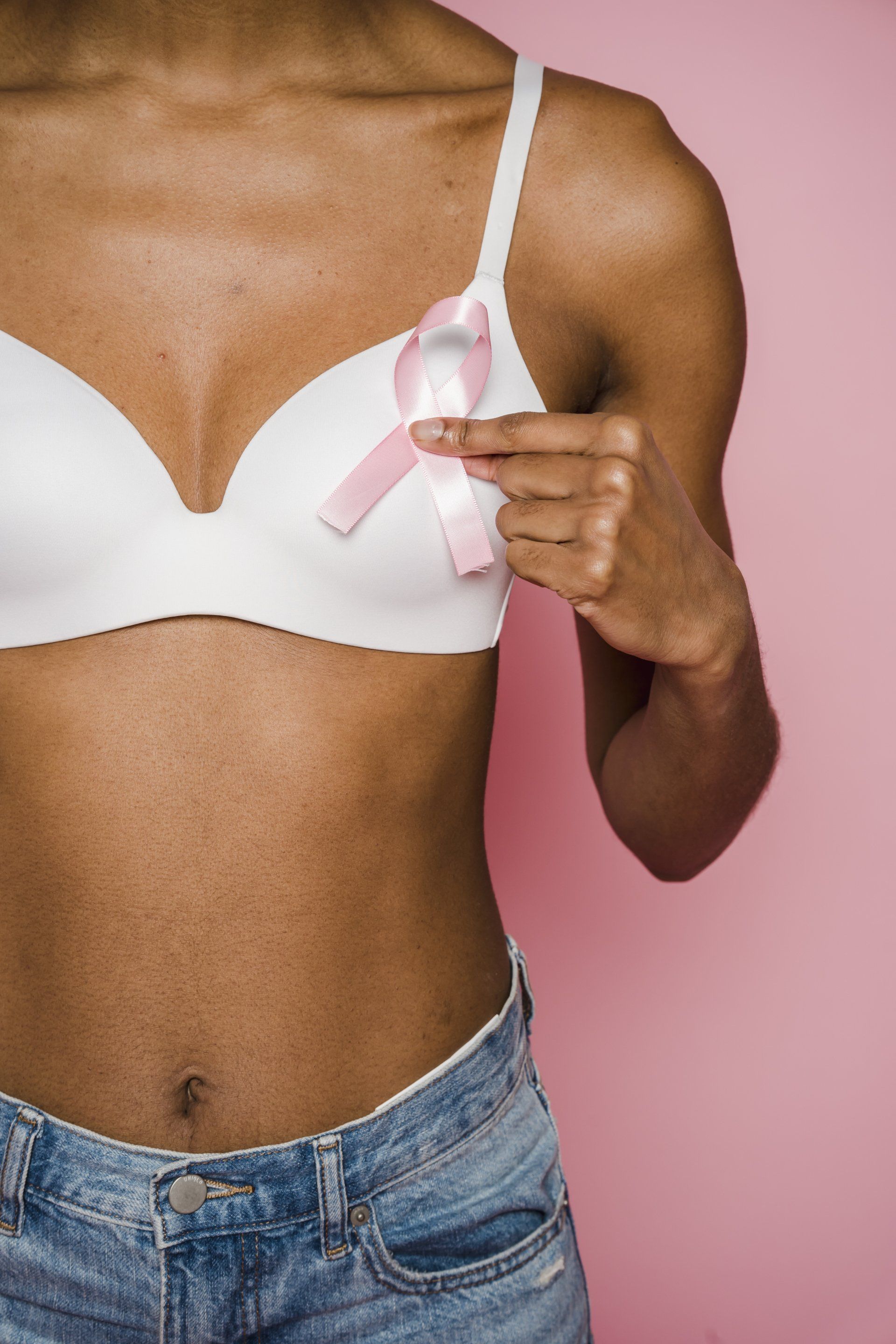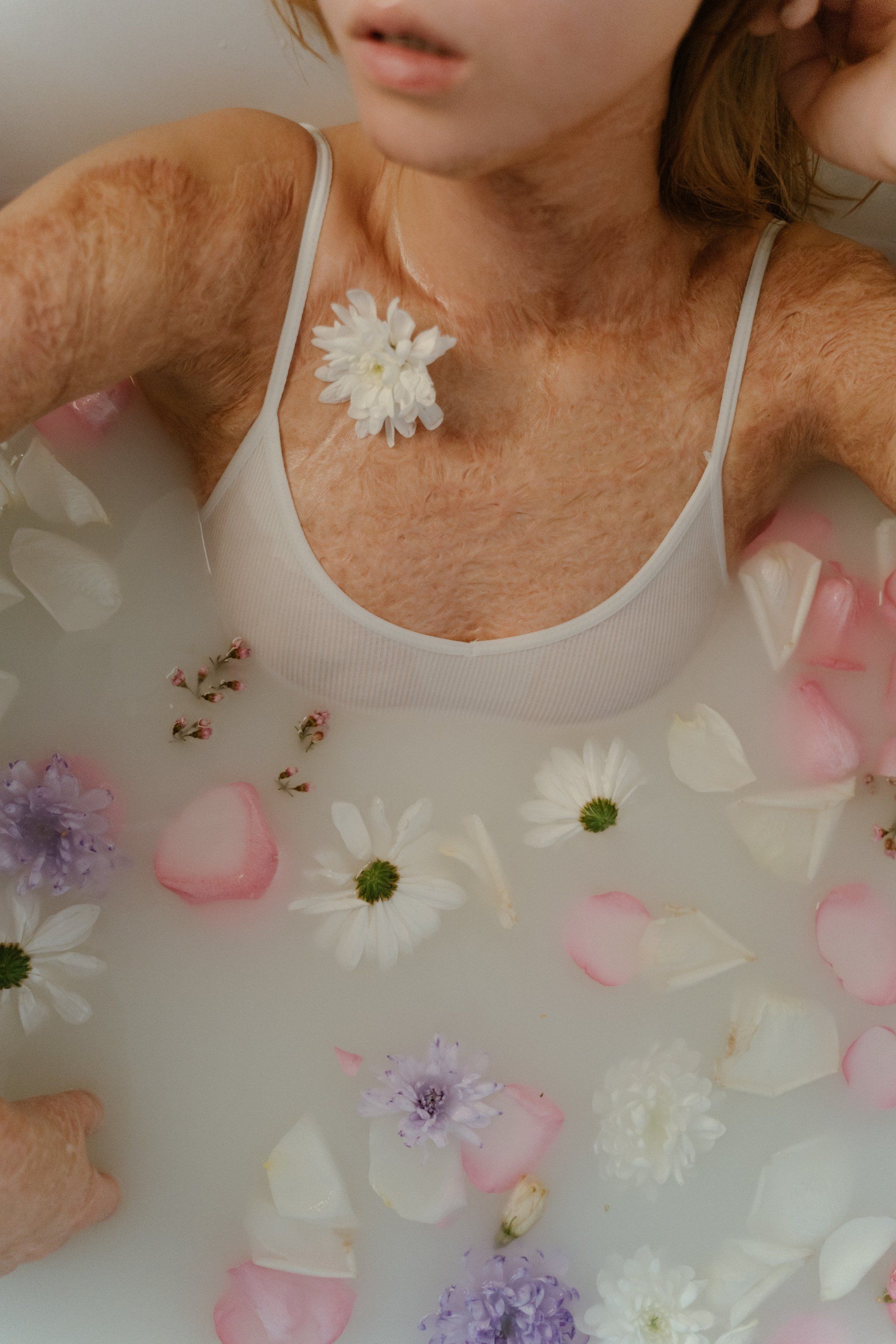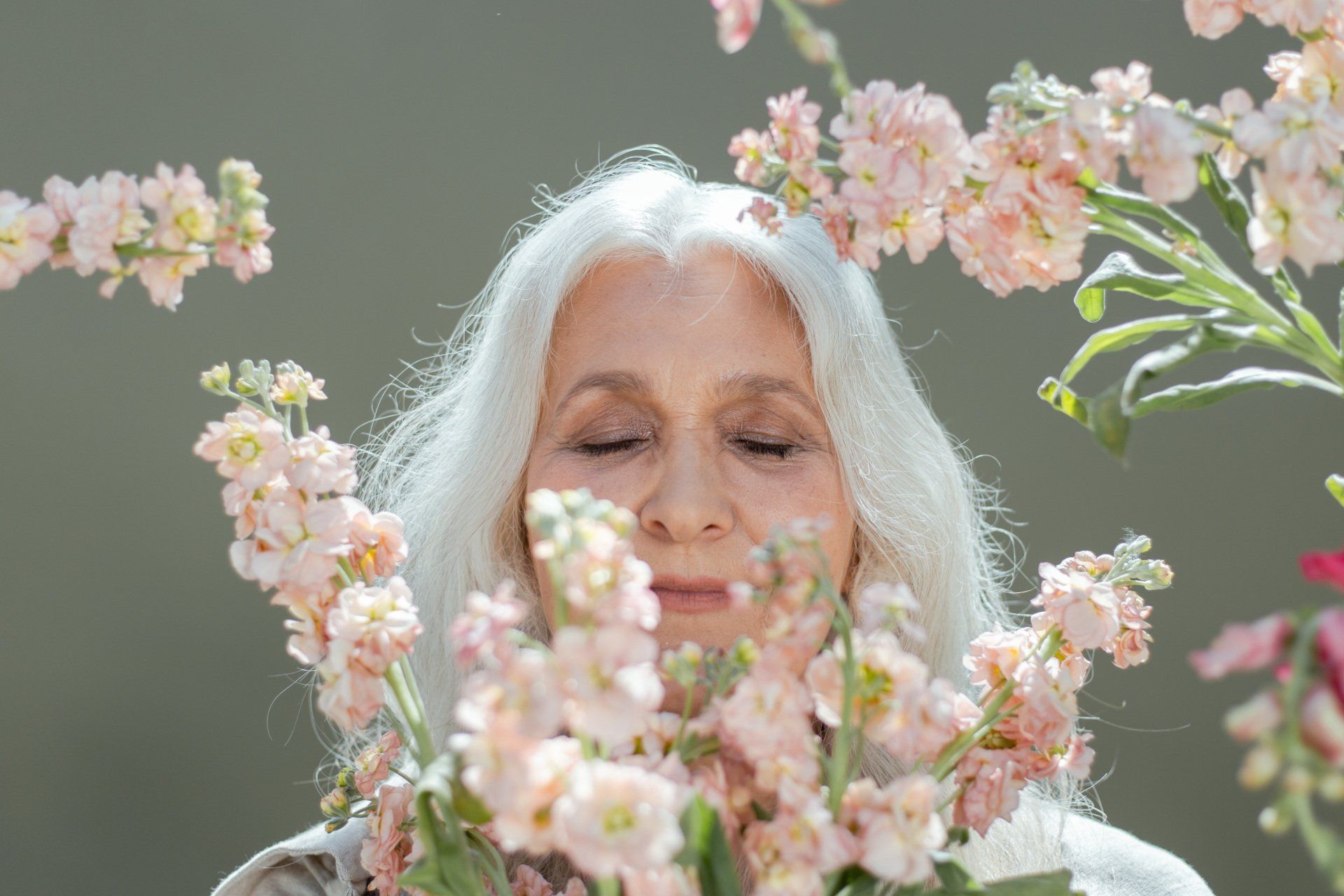Helping Your Loved Ones During The Winter Months During Cancer Treatment
Going through cancer treatment is never easy, and it can be especially difficult during the winter months. As temperatures drop, it can be difficult for those undergoing cancer treatment to stay healthy, comfortable, and supported.
If you have a loved one who's going through cancer treatment this winter, here are some tips to help you provide them with the best care and support.
RELATED: Breast Cancer And Exercise: The Role Of Physical Activity In Women With Breast Cancer
Understanding How the Cold Weather during the Holiday Season Affects Cancer Patients
Why Do Cancer Patients Feel Cold?
During the holiday season, in many parts of the world, cold weather can be a problem for cancer patients. It's important to understand how the colder temperatures affect several types of cancer, as prostate cancer, metastatic cancer, breast cancer, skin cancer, lung cancer, and ovarian cancer (to name a few) can all be more challenging to manage in colder weather.
Cancer research has shown that cancer itself doesn't increase an individual’s sensitivity to cold temperatures, but cancer treatments can make it difficult for cancer patients to tolerate cold conditions due to less body fat, loss of mobility, and nerve damage.
Moreover, chemotherapy can cause a decrease in human body temperature. This is because the treatments may damage the healthy blood cells that regulate your body heat. Chemotherapy drugs can make patients more susceptible to feeling cold and chilly, and can cause shivering, even indoors.
Cold sensitivity, or cold dysesthesia, is a common complication among patients receiving chemotherapy. Those that experience cold dysesthesia feel cold and painful sensations in response to cold temperatures or even cold water or air.
This occurs when a person experiences a heightened sensitivity to cold, cold drinks, and cold foods. It can affect your hands, feet, or other parts of the body, leading to shivering and discomfort in cold temperatures.
It can be uncomfortable and anxiety-inducing, making simple daily tasks such as brushing teeth, showering, and swimming difficult and painful. Understanding cold sensitivity can help patients and their families learn how to avoid cold stimuli while managing their cancer treatment.
When Does Cold Sensitivity Start?
Cold sensitivity usually begins after cancer treatment and can develop as the disease progresses. It can continue to be a problem even after the chemo treatments have been completed.
Cold sensitivity will vary from person to person, but it's typically worse at night due to the lower temperatures. The intensity of cold sensations may also increase when people are under stress, depressed, or anxious.
What Are the Dangers of Cold Weather for Cancer Patients?
- They Become More Vulnerable to Illness
Studies suggest that there's a link between cold weather and cancer growth; the colder climate offers an ideal environment for tumors or cells to spread and grow faster. This means that people living in cold climates may have a higher risk of certain illnesses and diseases, including certain cancers like breast cancer and colorectal cancer.
Additionally, cancer cells are sensitive to temperature changes just like other cells in our bodies, but because some treatments can destroy white blood cells, weaken a patient’s immune system, and make them more vulnerable to illness, they may be at greater risk of complications due to colder weather.
For example, the extreme temperatures can cause blood vessels to constrict, making blood cells more likely to form blood clots. These blood clots present major risks for people with cancer.
- They May Experience Fatigue and Muscle Aches
Exposure to cold temperatures can also lead to fatigue and muscle aches. When the body is exposed to cold temperatures, it works hard to maintain its core temperature. This can cause the muscles to work harder, leading to feelings of exhaustion and discomfort.
Additionally, exposure to cold weather can worsen any existing joint pain or arthritis that cancer patients may have due to physical changes in their body caused by their treatments.
- They May Not Cope with Mental Health Problems
According to the American Cancer Society, in addition to physical effects, mental health issues such as depression are also common among people living with cancer. The holidays can add an extra layer of stress since it's often an emotionally charged time of year due to family gatherings and gift-giving expectations.
For someone dealing with cancer, this can be an especially difficult challenge as they may not feel up to participating in these events or may struggle with feelings of guilt if they cannot participate due to their condition. It’s important for family members and friends to be aware that these issues exist and offer support where needed.
15 Ways to Support Cancer Patients during Their Chemotherapy This Winter
1. Understand Their Limitations
One of the best things you can do as a friend or family member is to understand your loved one’s limitations. This means respecting their decisions about what activities they can participate in, understanding when they need rest, and knowing that their mood may change from day to day.
It’s important to remember that everyone’s experience with cancer is different, so try not to draw comparisons between your loved one’s experience and other people’s experiences—or your own.
2. Help with Errands
Another way to help your loved one during cancer treatment is by taking on tasks like running errands or doing chores around the house while they focus on recovery. Even if your loved one refuses your offers of help at first, make sure that you keep offering assistance until they eventually accept it.
You could offer to pick up groceries for them or run other errands that require leaving the house such as picking up prescriptions or dropping off dry cleaning. Just make sure that you take all necessary safety precautions while out in public!
3. Send Words of Encouragement
Don’t forget about the power of words! Whether it’s sending a text message or writing a card filled with inspirational quotes and kind words of encouragement, these small gestures can really go a long way in helping your loved one feel supported during this difficult time. It also gives them something positive to focus on instead of worrying about their next radiation therapy or doctor visits.
4. Prepare Ahead of Time
Planning ahead is key when it comes to caring for a loved one with cancer during the winter months. For example, if you know that your loved one has an appointment or procedure coming up, make sure to have all necessary items ready (like medications and snacks). This'll help reduce stress levels on the day of their appointment or procedure.
Additionally, double check their medical equipment to make sure that it’s functioning properly in the colder temperatures so they don’t experience any issues while using it.
5. Encourage Them to Bundle Up
Make sure your loved one's staying warm by bundling up before leaving the house. Bundling up doesn’t just mean putting on a heavy coat; ensure that they're wearing thermals and layers so that they can adjust as needed throughout their day and to help ease some of the cold sensitivity.
In addition, make sure to tell them about any changes in weather conditions so they know what kind of clothing to wear according to the temperature outside.
You may also want to give them a blanket to keep them comfortable if they get cold while at home. We have cozy and stylish blankets to choose from on our website that are perfect for keeping your loved one warm this winter season!
6. Connect with Others
The winter months can often be isolating due to colder temperatures, shortened days, and limited activities available outdoors. Help your loved one stay connected by setting up virtual meetings with friends or family members who live far away, or by helping them join online support groups for people going through similar experiences as them. Staying connected will help them feel less isolated and more supported during this difficult time.
RELATED: 5 Signs You're Under Too Much Stress (and What to Do About It)
7. Get outside When You Can
Even though it might be cold outside during these months, try to encourage your loved one to get out of the house whenever possible (and safe). Going outside into fresh air will help them get out of their headspace, and being surrounded by nature may provide feelings of peace and tranquility, which can be beneficial for their overall mental health and well-being.
8. Keep Rooms Warmer
The colder weather of the holiday season can affect a cancer patient's mood, energy levels, and pain levels, but controlling their environment can help mitigate these effects.
Managing the humidity indoors during winter makes breathing easier for cancer patients since the cold air outside is typically dry and triggers bronchospasm–a tightening of muscles surrounding the windpipe. Keeping rooms at a warmer temperature (ideally around 70°F - 72°F) can help to reduce shivering episodes and provide comfort for your loved one who's undergoing cancer treatment.
Also important is increased insulation within homes to help keep cancer patients warm and reduce energy use.
9. Stay Informed about Treatment Updates
From the start of treatment all the way through recovery, it’s important to stay informed of your loved one’s progress or any changes that may occur. This can be done by staying in touch with their medical team and having regular conversations, reviewing any updates they receive from the hospital or clinic, and doing research online if needed.
Being informed will help you best support your loved one throughout their journey and provide them with resources and answers to any questions they may have along the way. It'll also help you better understand why certain treatments are necessary (like chemo or radiation therapy) so you can explain this information to your loved one in an easy and understandable way.
10. Offer Companionship
Being alone during treatment can be overwhelming for many cancer patients and having a companion by their side throughout the process helps reduce stress and anxiety. So spend time together at home watching movies, chatting, playing games, or doing other activities that make them feel comfortable.
If you can’t physically be there with them, consider sending them care packages with items like snacks, essential oils for aromatherapy, or even beverages like warm water or hot chocolate. This is just one small way for you to show your love and support from afar.
11. Check In Often
The holidays can be an especially difficult time for both cancer patients and their loved ones, so it's important to check in with them often to make sure they're doing okay. Ask how they're feeling and listen without judgment—whether it’s over the phone or in person. Let them know that you're there for them whenever they need a listening ear or just want to talk about something other than their treatment.
12. Encourage Exercise and Good Nutrition
The importance of exercise and good nutrition can’t be overstated when it comes to cancer treatment. Exercise helps keep the body strong, boosts mood, and encourages better sleep, while eating a healthy diet can provide important vitamins and minerals that are essential for recovery.
Supporting your loved one during cancer treatment involves making sure they're getting enough physical activity (even if it's just a simple walk around the block) and are eating nutritious meals. You can look up recipes online that cater to their dietary restrictions or offer to cook something special for them if you have the time.
13. Help with Scheduling Appointments and Transportation
One of the most practical ways you can support your loved one during cancer treatment is by helping them with appointments and transportation. This includes anything from going with them to their appointments or drive them there if they're unable, to scheduling transportation in advance if they need help getting to and from treatments.
You can also help by keeping track of important dates and deadlines, like when medication needs to be refilled or when follow-up appointments are scheduled. This type of assistance can be a huge help for cancer patients who may have difficulty keeping track of everything on their own.
14. Make Sure They Get Enough Rest
Getting enough rest is essential for cancer patients and can be difficult to achieve during treatment. Talk to your loved one about ways they can make sure they're getting enough sleep, like keeping a regular sleep schedule, avoiding caffeine late in the day, and avoiding screens before bedtime. Offer to help them create a relaxing environment in their bedroom so it's easier for them to fall asleep.
15. Reach Out for Help if Needed
It's important to be aware of the warning signs and to speak up if you think your loved one may need extra help. If they're struggling mentally or physically, reach out to their healthcare provider for additional support. There are also many online resources available that can provide helpful information and tools on managing stress during cancer treatment.
Final Thoughts
Caregiving for someone going through cancer treatment is never easy, but providing extra support over the winter months is essential for helping them remain positive throughout their journey towards recovery.
Try to incorporate some of these tips into your routine this holiday season, and remember to be patient with yourself and your loved one as you go through this difficult time together. With a little bit of love and support, you can both make it through this season feeling connected and hopeful for the future.
Up Next:










